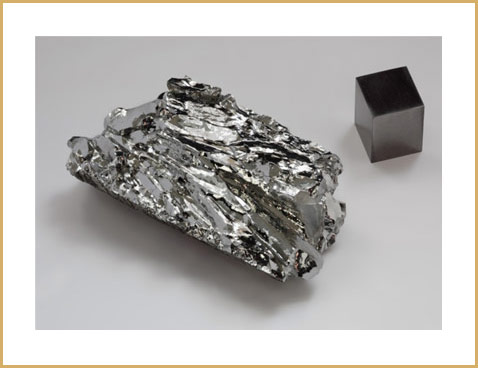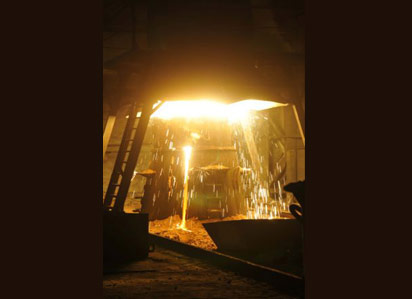What is Moly?

Molybdenum is a chemical element with symbol Mo and atomic number 42. The name is from Ancient Greek ‘molybdos’, meaning lead, since its ores were confused with lead ores. Molybdenum minerals have been known throughout history, but the element was discovered in 1778 by Carl Wilhelm Scheele. Molybdenum does not occur naturally as a free metal on Earth; it is found only in various oxidation states in minerals. The free element, a silvery metal with a gray cast, has the sixth-highest melting point of any element. It readily forms hard, stable carbides in alloys, and for this reason most of world production of the element (about 80%) is used in steel alloys, including high-strength alloys and superalloys. Most molybdenum compounds have low solubility in water, but when molybdenum-bearing minerals contact oxygen and water, the resulting molybdate ion MoO2−4 is quite soluble. Industrially, molybdenum compounds (about 14% of world production of the element) are used in high-pressure and high-temperature applications as pigments and catalysts.
Moly Process Technology
Between thirty and forty percent of moly tech oxide production is processed into ferromolybdenum (FeMo). The oxide is mixed with iron and reduced by aluminium in presence of Ferro Silicon in a thermite reaction, producing a ferromolybdenum ingot weighing several hundred kilograms. The product contains between 60 and 65% molybdenum, balance essentially iron. After air cooling, the ingot is crushed and screened to meet specified ferromolybdenum particle size ranges.
Quality Control : Quality of finished product is measured with state of the art equipment


Another growing use of Moly is in the field of Molybdenum Disulphide. The product is refined to a purity of 98% Minimum and goes through micronized grinding and is offered around 1 to 7 microns median particle size.

